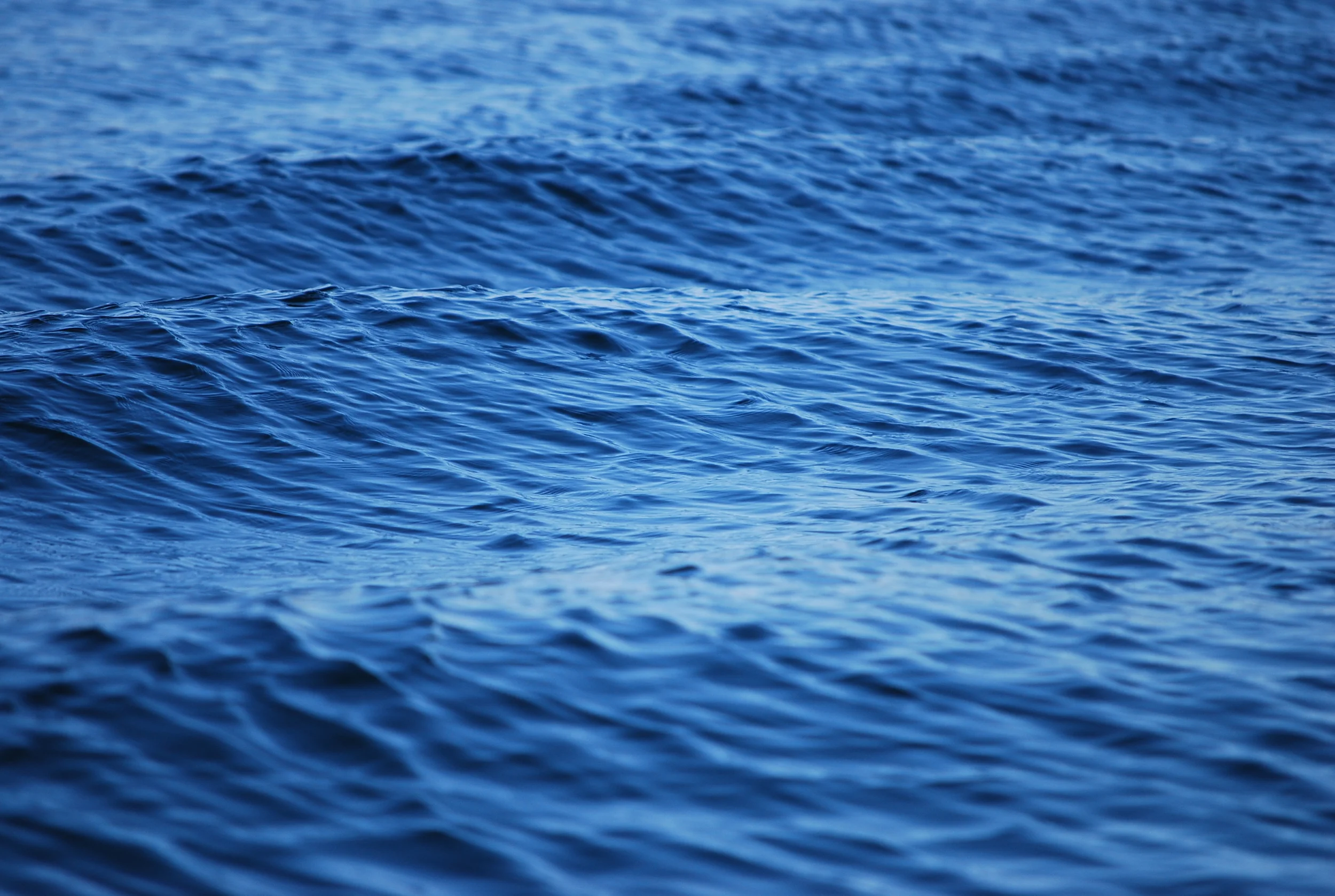Predators can be useful indicators of forage fish, providing information about fish abundance, community composition, length frequencies, etc., and may inform fisheries stock assessment parameters such as recruitment indices, cohort strength and natural mortality. Predator data is often easier and cheaper to obtain than directed fish surveys, particularly for non-commercial fish species that are under-studied. Moreover, predators target their forage prey while station-based surveys may sometimes miss patchy fish schools.
Alaska puffin diet
Farallon Institute scientists have been analyzing diet data from three puffin species in Alaska. Puffin diet data were collected since the 1970s by the USGS Alaska Science Center, Alaska Maritime National Wildlife Refuge Seabird Monitoring Program, and the Institute for Seabird Research and Conservation. Researchers from these agencies collected data from approximately 40 sites around the Gulf of Alaska and across the Aleutian Islands.
In order to study puffin diet, field biologists collect samples of the fish and invertebrates (such as squid) that adult puffins bring back to nest burrows to feed to chicks. These diet samples are brought to the lab where they are identified to species, weighed, and measured. For diet analyses, Farallon Institute organized the sample data into the Alaska Puffin Diet Database (APDD), which contains well over 100,000 records of the fish and invertebrate samples collected at the nest burrows, and their sizes. Research and data collection are ongoing, but we have three major analyses of these data, covering temporal variability, geographic variability, and fish condition.
Tufted puffin. Photo copyright by Ron LeValley.
Locations of monitored puffin colonies in Alaska, shown with a 50-km foraging radius (blue circles). The black line is the 2000-m isobath.
Rhinoceros auklet diet
We have used the diet of rhinoceros auklets to examine forage fish demographics including abundance, community composition, and length frequencies. In central California, auklets’ main prey consists of juvenile rockfish and Northern anchovy (see Anchovy section above). Rhinoceros auklets range around the North Pacific Rim and their diet has been used to characterized forage community composition from Japan to Alaska to Canada and the West Coast of the U.S. Relevant publications include Thayer et al. 2008, 2021, and Thayer and Sydeman 2007.
California sea lion diet
In conjunction with California State Parks, University of California Natural Reserves, and the US Office of Naval Research Marine Mammal and Biology Program, we have studied California sea lion diet in central California (Año Nuevo Island and around Monterey Bay), noting significant shifts in fish species eaten by sea lions between decades. In the 1990s, Pacific sardine and Northern anchovy were dominant, but in the 2010s diet was characterized by rockfish, Pacific hake, and market squid. See Robinson et al. 2018 for more details.
Chinook salmon diet
Chinook salmon in central California rely on anchovy, sardine, herring, juvenile rockfish, market squid and krill. Salmon diet composition was correlated with regional mid-water trawls of prey abundance, and exhibited seasonal shifts in forage communities. Herring in salmon diet also closely tracks changes in the San Francisco Bay herring population. More details are included in Thayer et al. 2014, 2020.



